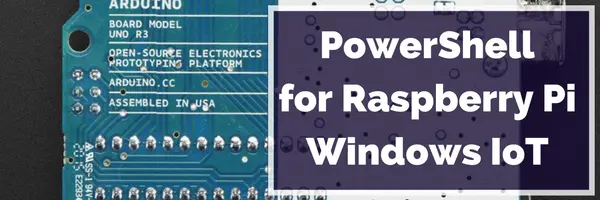Great new ISE Features in PowerShell 5.0 and Windows 10

This will be a quick post, but I want to highlight some of the great new features in the ISE for Windows 10 / WMF 5 and PowerShell 5.0. Currently you can use these features on Windows 8.1 and up if you install the WMF 5.0 September preview (found here) or find them natively installed on Windows 10 if you’ve had a chance to try the Tech preview.
Continue Reading...Working back in the past: making OCS 2007 PowerShell tools in a Version 1.0 World

Recently, I had to work on an environment with PowerShell v. 1.0 (and I couldn’t upgrade it!) and Microsoft Office Communications Server 2007 (or OCS for those of us in the know).
Continue Reading...One Inch of Power: Bulk file relocation

Hi guys,
Continue Reading...Slide Deck, photos and resources from my Session at ATLPUG

The Atlanta PowerShell User’s Group first meeting at iVision went off wonderfully! We had a solid turn out, plenty of pizza and soda, and talked a whole lot about PowerShell, what’s new, and whats coming.
Continue Reading...Question Time : Why Won't My Script Run?













